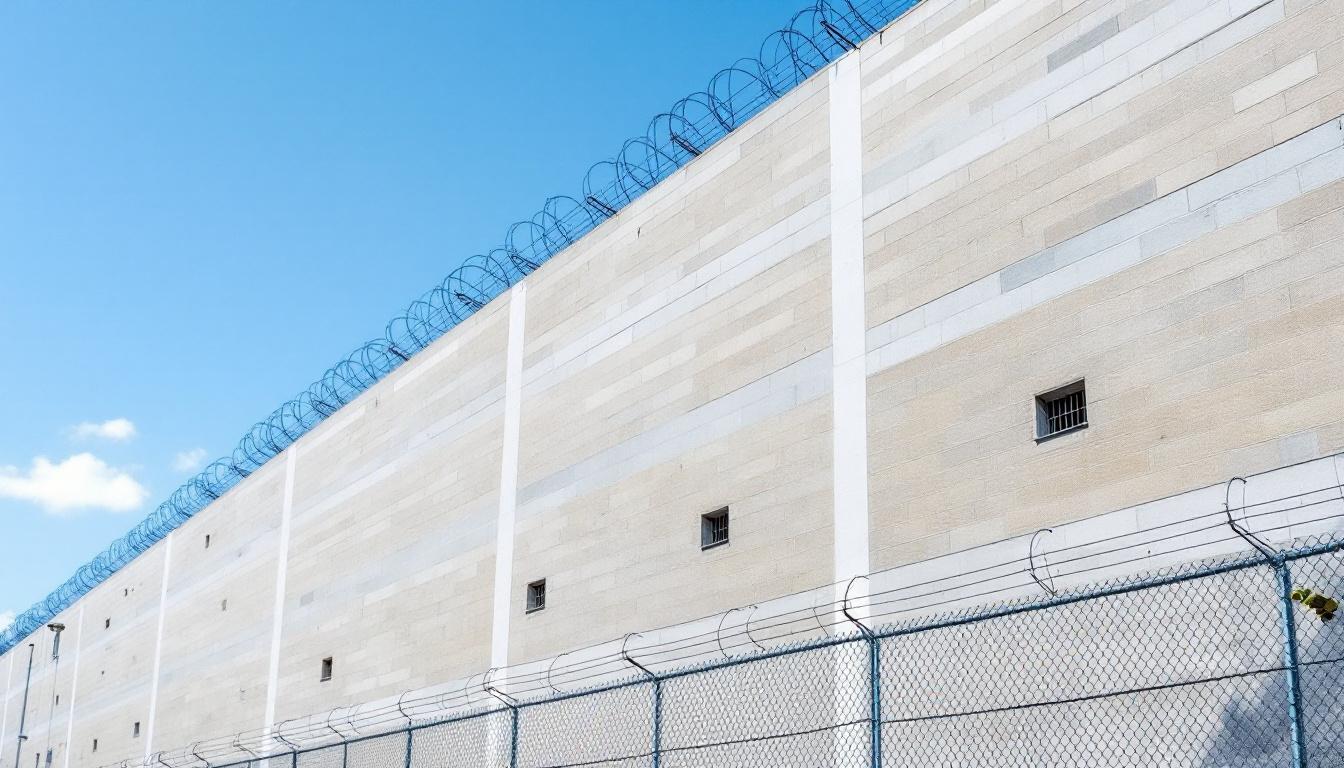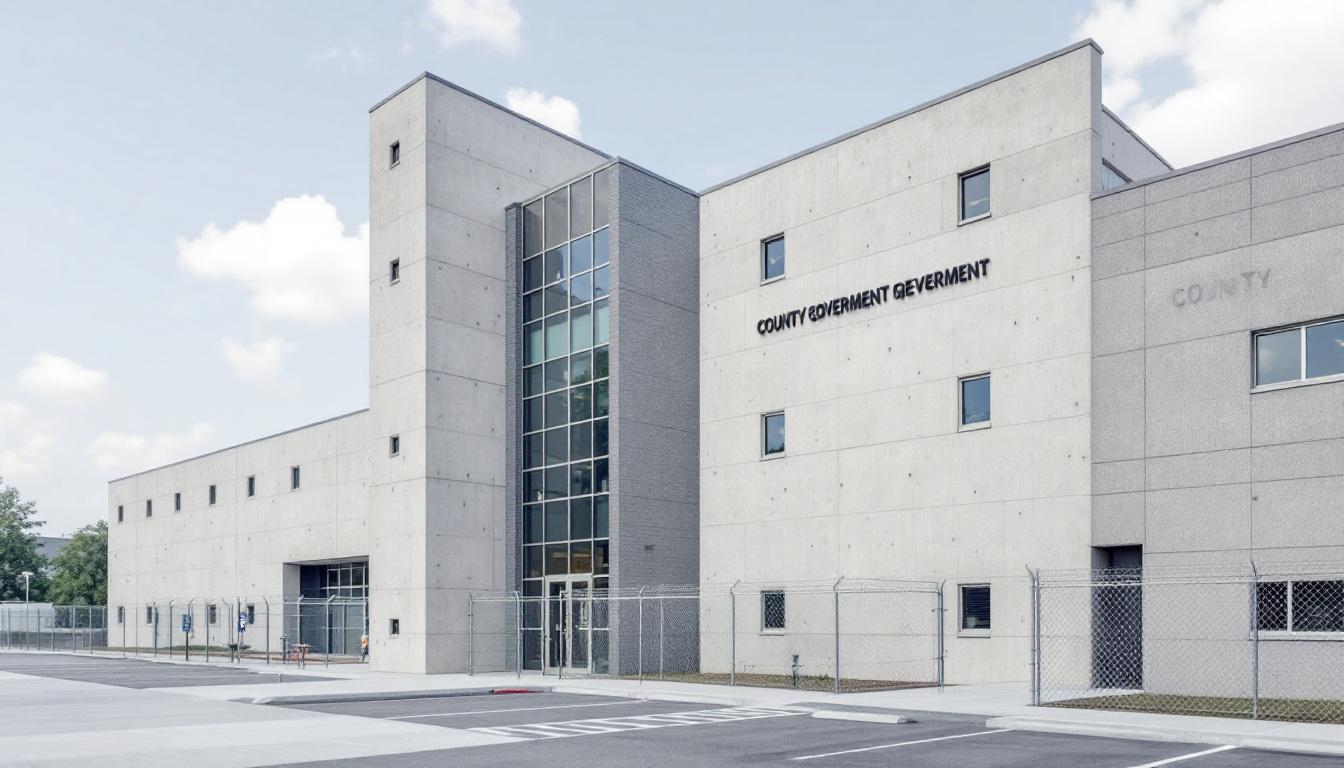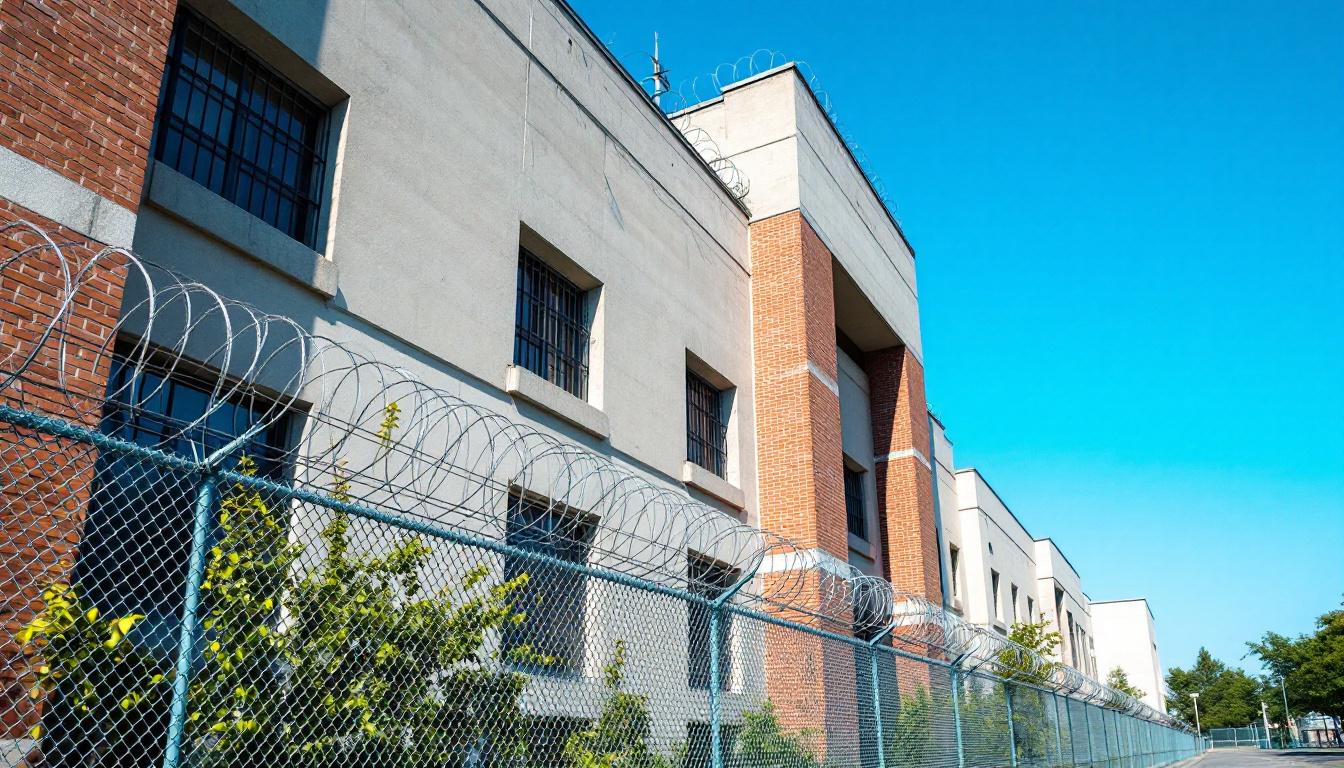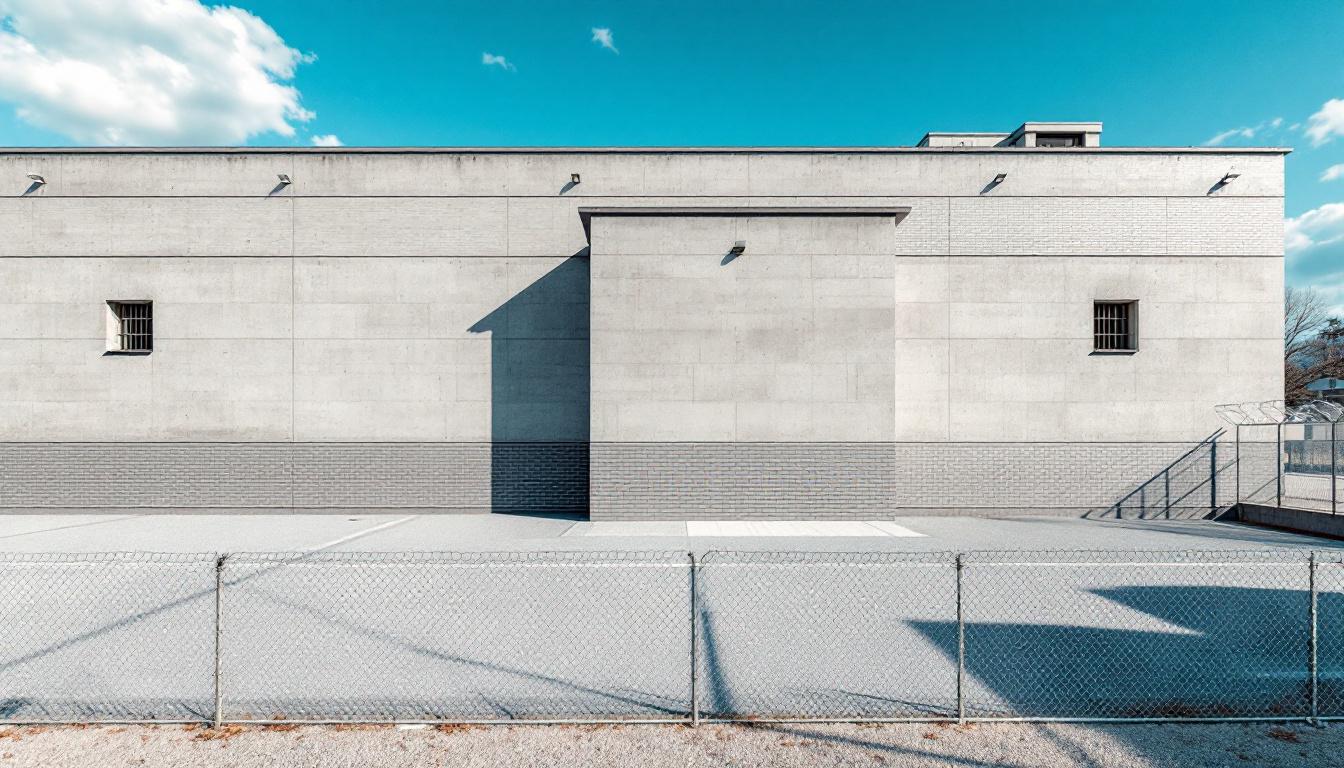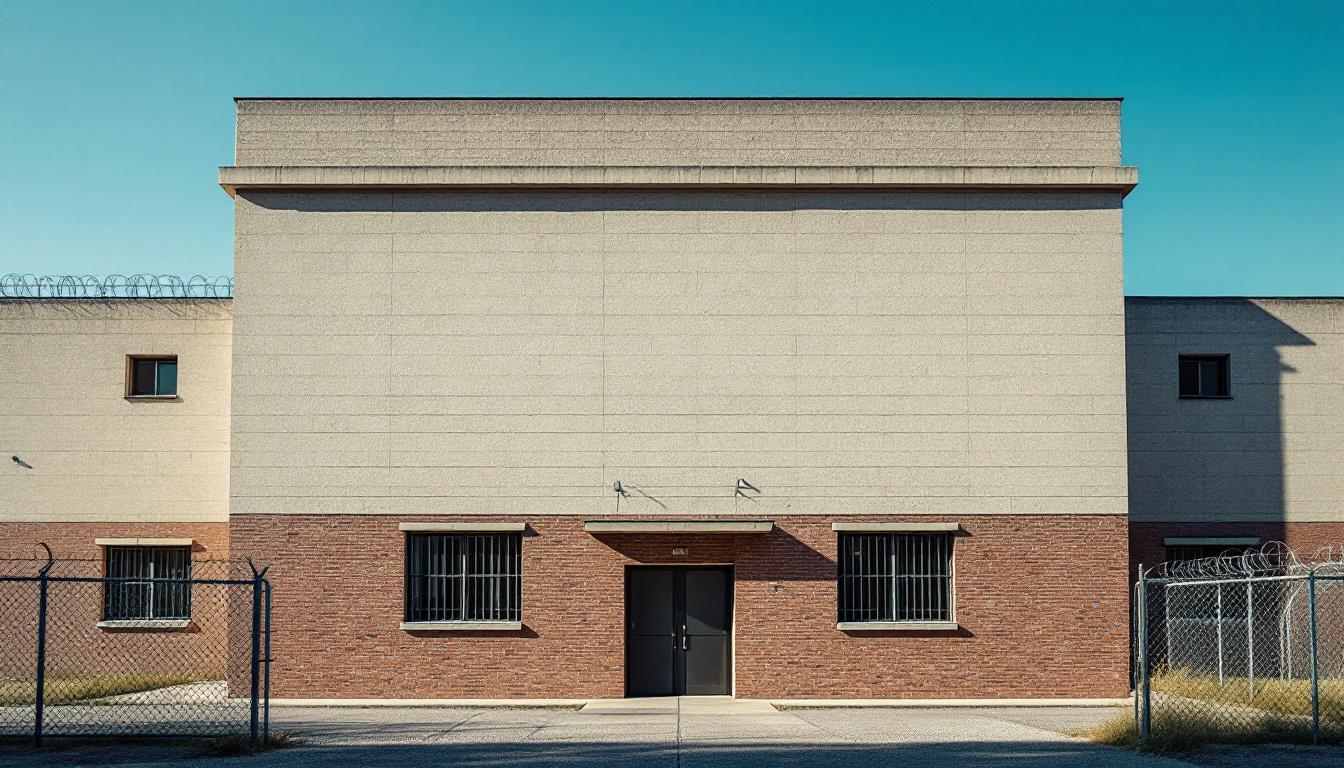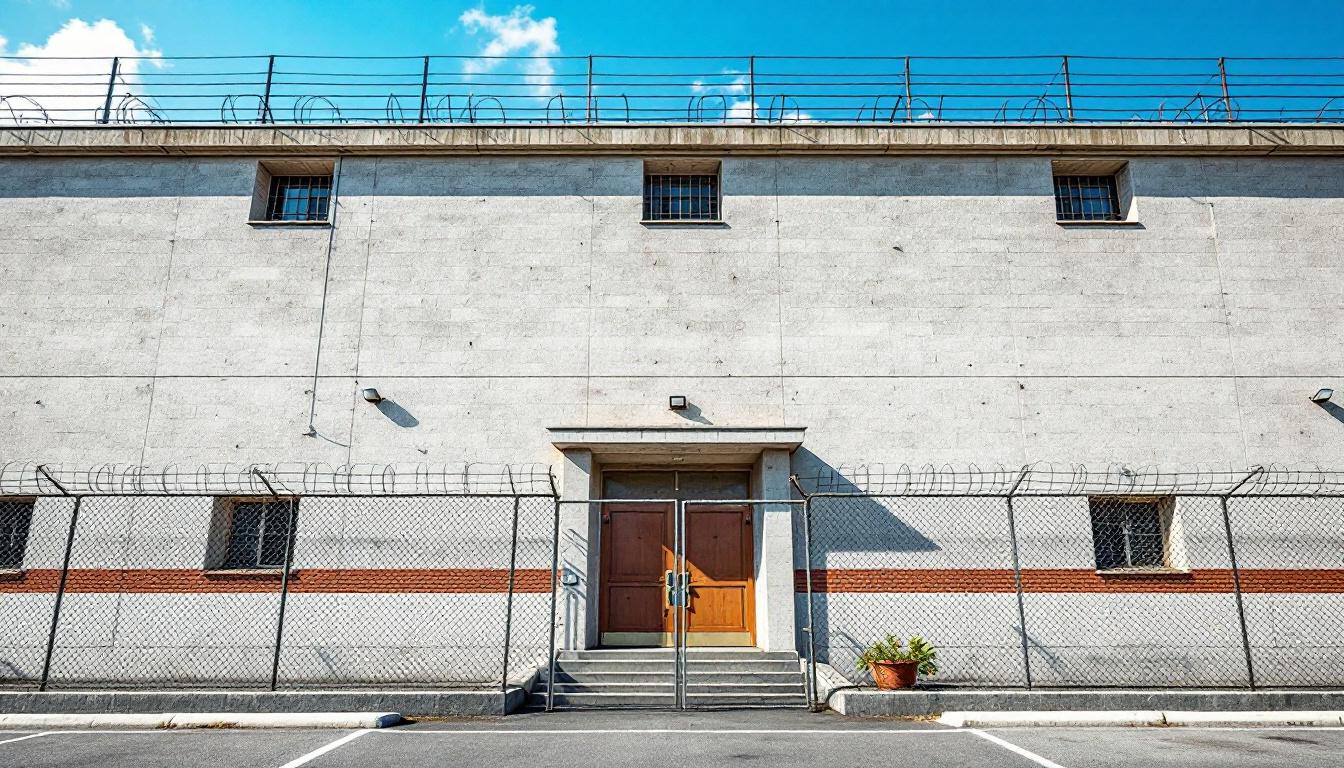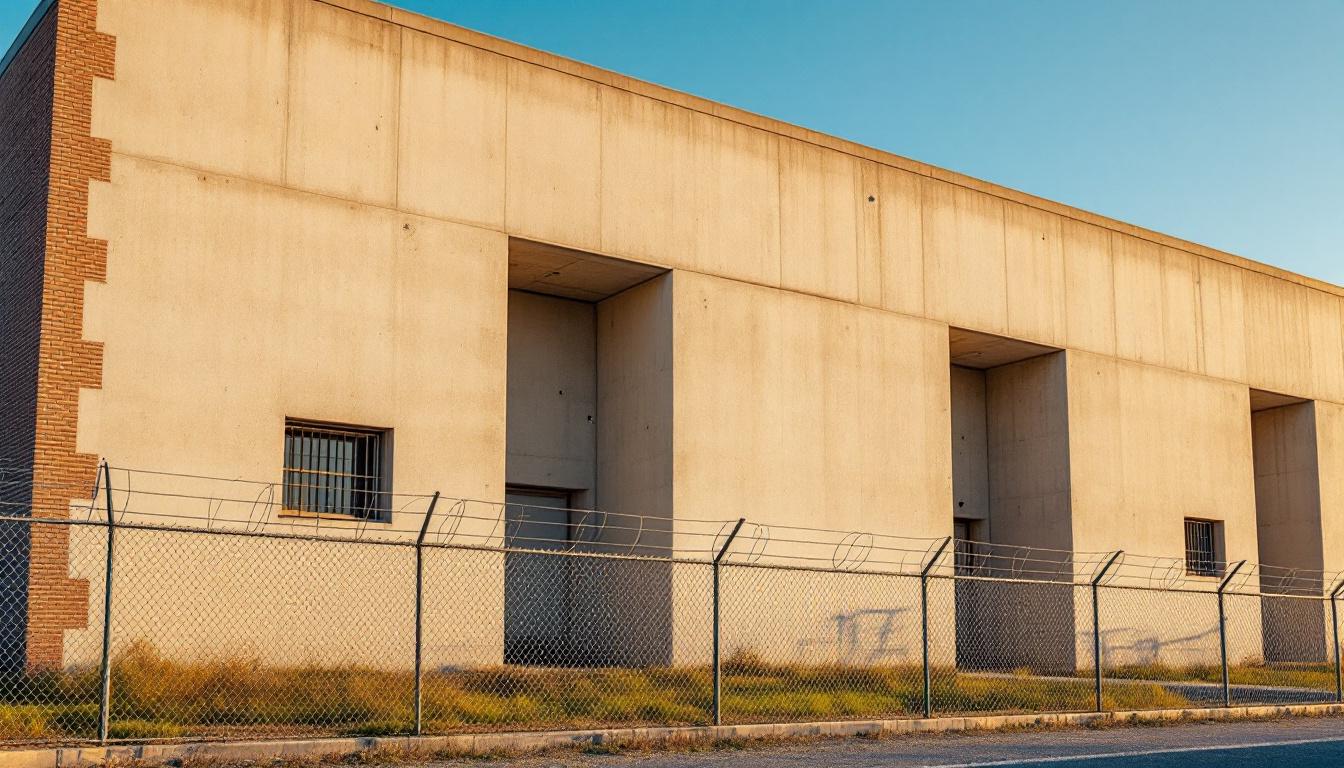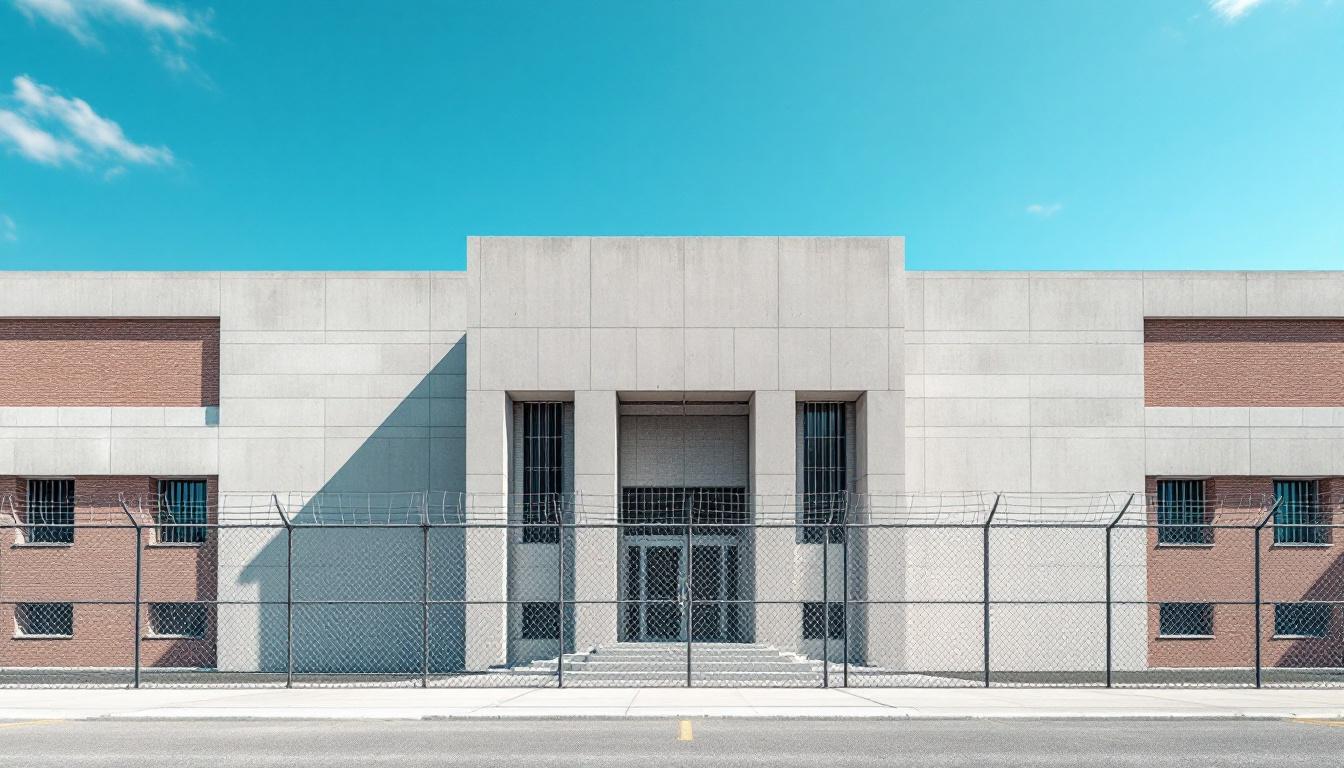
Quick Navigation
How to contact an inmate at Ferguson Unit
This comprehensive guide will walk you through how to connect with an inmate at Ferguson Unit. Follow the steps below to find an inmate and send letters and photos:
- Search for the inmate using our search tool below
- Create your account or log in to Penmate
- Write your message (up to 6,000 characters)
- Send instantly - inmates receive printed copies daily
Find an Inmate
Search for an inmate to start communicating today
Tip: You can search by first name, last name, or inmate ID number
To contact a person at Ferguson Unit start by searching for the person on the official facility website. Perform a search by following these steps:
- Step 1: Enter their first name and last name into the search form and click "Search"
- Step 2: Locate their inmate record
- Step 3: Write down their Inmate ID and any housing information provided
Important! Be sure to enter the person's full name. Nicknames should not be used.
How to Send Messages to Inmates

You can use your phone or computer to send emails, letters, and photos to an inmate. Messages are sent electronically to inmate tablets or kiosks at the facility. If you would like to send a message, start by searching for an inmate at Ferguson Unit.
Sending Photos and Postcards

A great way to send love and support to a loved one at Ferguson Unit is to send photos and postcards. It only takes a few minutes to send photos from your phone and it makes a huge difference. You can also mail postcards with words of support and inspiration, or design your own postcard for special moments like birthdays and holidays.
Important! Be sure not to send any explicit photos or they may not be approved by the facility. You can also use a photo printing app like Penmate to make sure your photos are printed at the correct size (4x6 or 3x5) and are mailed according to the rules and regulations of Ferguson Unit.
Frequently asked questions about Ferguson Unit
-
How long does it take to deliver a message?
If you're sending an email message your letter is usually delivered within 24-48 hours. For messages sent via mail you should expect delivery within 3-7 days. All messages will need be approved by Ferguson Unit.
-
How much does it cost to send a message to Ferguson Unit?
You can send a message free using your phone or mail a message via USPS for the price of a $0.60 stamp and envelope. You can also purchase credits or e-stamps from services starting at $1.99.
-
What services can I use to contact an inmate at Ferguson Unit?
Penmate
You can use Penmate to send letters and photos to an inmate from your phone. It's an easy way to stay in touch during your loved one's incarceration. Use the inmate locator to find an inmate's location and contact information, then you can send messages within a few minutes.
Securus messaging
Securus may be another option for communicating with an inmate at Ferguson Unit. You can create a friends and family account and purchase credits to send messages. All messages will be reviewed and must be approved by the facility.
JPay
Some county jails and state prisons may support sending messages with JPay. You must register an account with the system, find your loved one, and purchase stamps to send messages. For some locations you can also attach photos.
Smart Jail Mail
You may also check if Smart Jail Mail is available at Ferguson Unit. Smart Jail Mail is operated by Smart Communications and has contracted with some state and county jails. After purchasing credits, your messages and photos are sent to the facility, printed out, and then handed out to your loved one.
-
What is the mailing address of Ferguson Unit?
Mailing address:
Ferguson Unit
12120 Savage Dr
Midway, TX 75852
Phone: (936) 348-3751Business hours:
- Monday: Open 24 hours
- Tuesday: Open 24 hours
- Wednesday: Open 24 hours
- Thursday: Open 24 hours
- Friday: Open 24 hours
- Saturday: Open 24 hours
- Sunday: Open 24 hours
-
What are the visiting hours at Ferguson Unit?
Visiting hours at Ferguson Unit vary by housing unit and security level. Generally, visits are scheduled on weekends and holidays, with some facilities offering weekday visits. Contact the facility directly at (936) 348-3751 or check their website for the current visiting schedule. Visits typically last 30-60 minutes and must be scheduled in advance.
-
What items are prohibited when sending mail to Ferguson Unit?
Prohibited items typically include: cash, personal checks, stamps, stickers, glitter, glue, tape, staples, paperclips, polaroid photos, musical or blank greeting cards, hardcover books, magazines with staples, and any items containing metal or electronics. Only send letters on plain white paper with blue or black ink. Photos must be printed on regular photo paper (no Polaroids). Always check with Ferguson Unit for their specific mail policies.
-
How do I send money to an inmate at Ferguson Unit?
You can send money to an inmate at Ferguson Unit through several methods: 1) Online using JPay, Access Corrections, or the facility's approved vendor, 2) Money orders mailed directly to the facility with the inmate's name and ID number, 3) Kiosks located in the facility lobby, or 4) Over the phone using a credit or debit card. Fees vary by method, typically ranging from $2.95 to $11.95 per transaction.
-
Can I schedule a video visit with an inmate at Ferguson Unit?
Many facilities now offer video visitation as an alternative to in-person visits. At Ferguson Unit, video visits may be available through services like Penmate, Securus Video Connect, GTL, or ICSolutions. Video visits typically cost $10-20 for 20-30 minutes and must be scheduled in advance. You'll need a computer or smartphone with a camera and reliable internet connection. Contact the facility for their specific video visitation policies and approved vendors.
-
What identification do I need to visit an inmate at Ferguson Unit?
All visitors must present valid government-issued photo identification such as a driver's license, state ID, passport, or military ID. Minors must be accompanied by a parent or legal guardian who can provide the minor's birth certificate. Some facilities require visitors to be on the inmate's approved visitation list, which may require a background check. Contact Ferguson Unit for specific ID requirements and visitor approval procedures.
-
How can I find out an inmate's release date?
To find an inmate's release date at Ferguson Unit, you can: 1) Use the online inmate search tool if available, 2) Call the facility's records department, 3) Contact the inmate's case manager or counselor, or 4) Have the inmate provide this information during a call or visit. For privacy reasons, some facilities only release this information to immediate family members.
Facility Overview
Official Website

About Ferguson Unit
Educational programming, vocational training, and reentry preparation form the cornerstone of daily operations at Ferguson Unit, where individuals work toward building skills that extend far beyond their current circumstances. This TX correctional facility serves as a vital component within the Dallas metropolitan area’s corrections infrastructure, focusing on comprehensive services that address both immediate custody needs and long-term community integration goals.
The facility typically houses adult male individuals within a structured environment that emphasizes personal development and accountability. Ferguson Unit generally offers educational opportunities ranging from basic literacy programs to high school equivalency preparation, while vocational training may include various trade skills that align with regional employment markets. Mental health services, substance abuse counseling, and life skills workshops often complement these core programs, creating a framework designed to address the diverse needs of the population served.
As part of the broader Texas correctional system, Ferguson Unit plays an important role in the south region’s approach to corrections and rehabilitation. The facility’s location within the Dallas area provides access to community resources and partnerships that may support reentry efforts, while maintaining the security protocols necessary for effective correctional operations. Through its various programming initiatives, the facility works to prepare individuals for successful transitions back to their communities throughout Texas and beyond.
Programs & Services
The breadth of developmental opportunities available reflects a comprehensive understanding that meaningful reintegration requires addressing multiple dimensions of human growth and capability. This multifaceted approach recognizes that individuals benefit most when programming addresses not dedicated immediate skill acquisition but also deeper personal transformation and community connection. Through carefully structured pathways that span educational advancement, vocational preparation, and therapeutic support, the facility creates an environment where participants can engage with various aspects of personal development according to their individual needs and circumstances.
Educational and vocational opportunities typically form the cornerstone of skill-building initiatives, offering individuals pathways to develop marketable competencies that may enhance their prospects upon release. Vocational training programs often encompass various trade disciplines, allowing participants to gain hands-on experience with industry-relevant techniques and equipment. Furthermore, work programs may provide structured environments where individuals can develop professional habits, teamwork skills, and a sense of responsibility while contributing to facility operations and potentially earning modest compensation for their efforts.
Support services and therapeutic opportunities complement skill-based programming through comprehensive attention to emotional, spiritual, and psychological well-being. Faith-based initiatives typically offer spiritual guidance and community connection for those seeking such support, while trauma-informed care approaches may address underlying issues that contribute to behavioral patterns. Community resource connections often help individuals establish relationships with external organizations and support networks, creating bridges that may facilitate smoother transitions back into society and ongoing access to necessary services and assistance.
Daily Life & Visitation
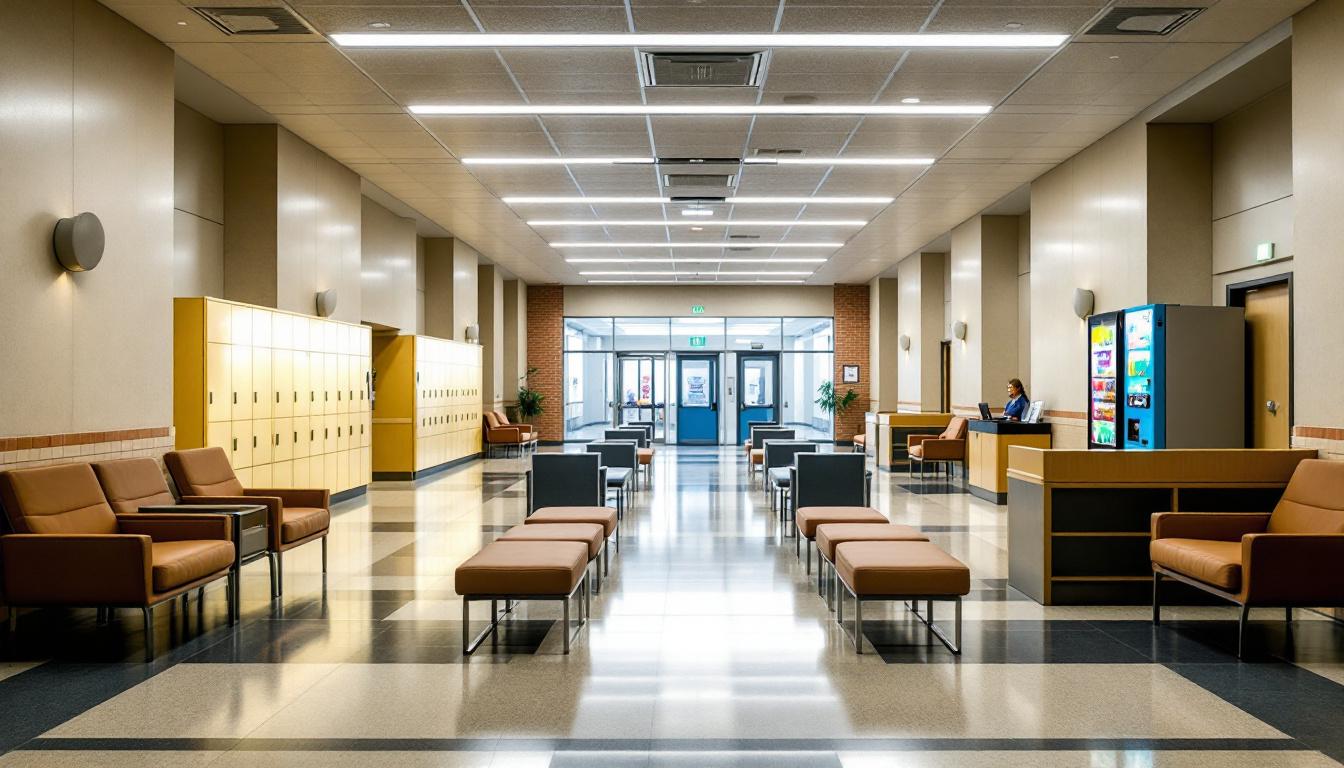
The rhythmic sound of morning announcements echoes through housing units as individuals begin their structured daily routines at the Ferguson Unit. Residents now follow carefully organized schedules that typically include count times, meal periods, work assignments, and recreational activities, with each day generally beginning before dawn and extending through evening hours. These routines regularly provide a framework that helps maintain order while offering opportunities for personal development and skill building throughout the facility.
Living accommodations at the Ferguson Unit typically consist of multi-person cells or dormitory-style housing units, where individuals share space with other residents under the supervision of correctional staff. The facility generally provides basic furnishings including beds, storage areas, and shared bathroom facilities, while residents may often purchase additional personal items through the commissary system. Although space is limited, individuals usually have access to common areas where they can engage in recreational activities, watch television, or participate in educational programming during designated hours.
Furthermore, the facility offers various work assignments that may include kitchen duties, maintenance tasks, laundry services, and other essential operations that help maintain daily operations. Structured programming schedules typically encompass educational classes, vocational training opportunities, and recreational activities that provide constructive ways to spend time while developing valuable skills. Family connections remain important through regular visitation opportunities and communication options such as phone calls and correspondence, though these interactions generally occur within established security protocols and scheduling requirements that help ensure safety for all individuals within the facility.
Ready to Connect?
Start communicating with your loved one today
Search for an Inmate
